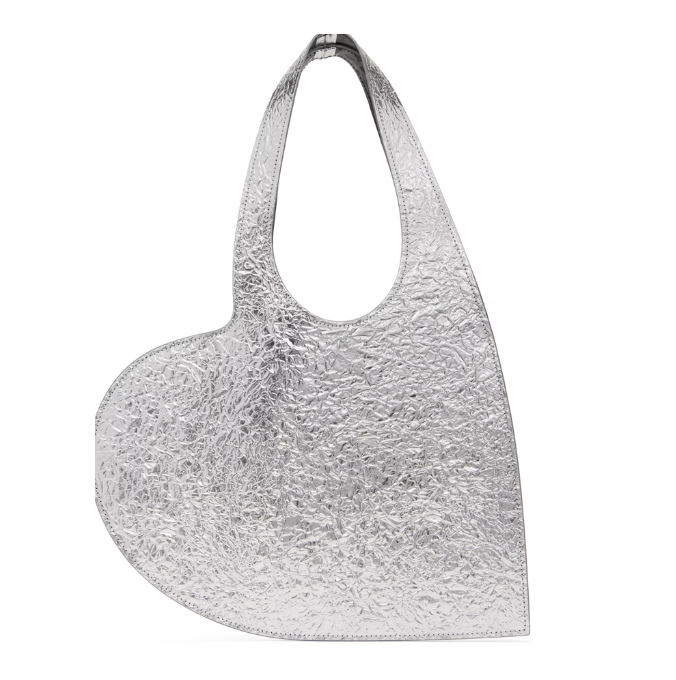







Retirement — it’s not exactly a popular water cooler topic, especially for women. “We love to talk about lots of things and personal issues, but we don’t love to talk about retirement and financial fitness as much as we should,” says Catherine Collinson, President of the California-based Transamerica Center for Retirement Studies. According to studies conducted by the Transamerica Center, women tend to lag behind men in all aspects of savings, particularly for retirement. In fact, only nine percent of women currently in their twenties consider saving for retirement as their main financial priority. With retirement not far off in the future for some of us, here are a few simple suggestions for preparing for retirement that you can enact NOW.
Have a Strategy for Your Life
More than a third of women (34%) are strictly concerned with just getting by, having just enough to cover their expenses every month, according to Transamerica Center. That means most women aren’t saving for retirement the way they should, if at all. Having a life plan that heavily considers retirement will help you make smarter choices about saving until you choose to leave the workforce. “Women should build a mindset of thinking about balancing the trade-offs of being in and out of the workforce and factor their own retirement into the equation,” says Collinson. Women tend to be intermittent workers, coming and leaving the job market to have children, be caretakers and work part-time with no benefits. Consider the effects of these things on your retirement and make a strategic plan around them.
Consider Job Choices When evaluating job opportunities, it’s important to look at retirement benefits as part of your total compensation package. Just because one company is offering a huge salary doesn’t mean they’re offering you a decent retirement savings package that’ll get you through the winter of your life. Ask yourself: Will they be offering a 401K plan? Does that plan offer a matching contribution? If it does, be sure to calculate that into your compensation package.
Start Saving (More) in Your 401K
If you’re not already doing so, saving into a 401K is a critical element in preparing for retirement. The money you’re saving is pre-tax dollars — that means you’re not being taxed by the government for your contributions every month, so more money is going into your account by saving it than would normally go into your paycheck if you didn’t choose to save it. In 2010, the maximum savings limit for a 401K is $16,500; if you can, max it out. It’s painful in the beginning to watch that money float from your paycheck, but it’s wise to budget around it and not think about it. Get in the habit of saving in your 401K, and over time, it’ll be easy to stick with. Most importantly, take advantage and save up to the matching contribution that your company offers. By not doing so, that’s leaving free money on the table.
Consider Other Vehicles for Saving
With this one, we’re talking about IRAs and mutual funds. Individual Retirement Accounts (IRAs) of various forms (Traditional, Simple and Roth) are available via a local bank or credit union, and are great for those who don’t get offered a 401K. (Believe it or not, nearly half of Americans don’t get offered a 401K by their employer, according to the Employee Benefits Research Institute.) If your employer offers direct deposit, they likely offer direct deposit to more than one account, so send some of your bi-weekly earnings toward your retirement account of choice. As for mutual funds, a lot of them have account minimum amounts that might be fairly high. To achieve a diversified portfolio, Collinson recommends understanding your risk profile (how much risk you can withstand for your age and time before retirement), and look into funds where you can achieve diversification without putting money into multiple accounts. Strategic allocation funds and target maturity funds, also called target-date funds, are great options that naturally diversify for you. Look into them, but remember: the key is to understand what you’re investing in and to read the fine print.
Remember: It’s Never Too Late
It’s never too soon or late to start saving, Collinson says, and it is true — every penny counts. For women, the wage gap is still alive and well, which affects our ability to retire when we want to. “By and large, retirement is not on our radar screen in such a way where we are taking action,” Collinson says. No matter what age you are and how far along you are in your savings, it’s important to just take the first step toward building a stronger financial future. “Do the best you can with what you’ve got and always remember to look at your overall financial health, and that includes retirement.”
For more financial tips and tricks, click here.






